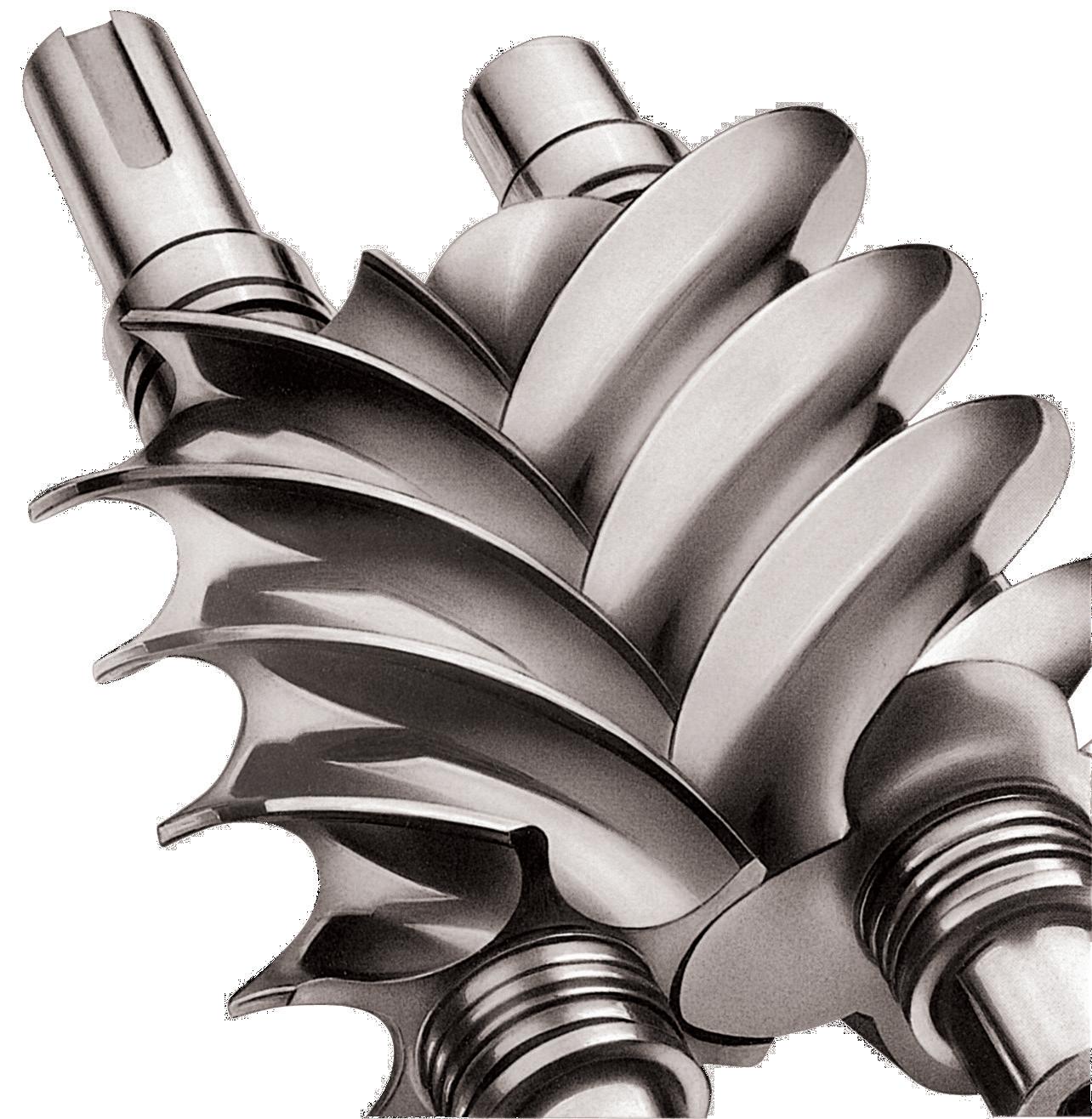
11 minute read
Energy, Waste & Recycling
Australia: solar superpower or failure
By Christine Powis
Advertisement
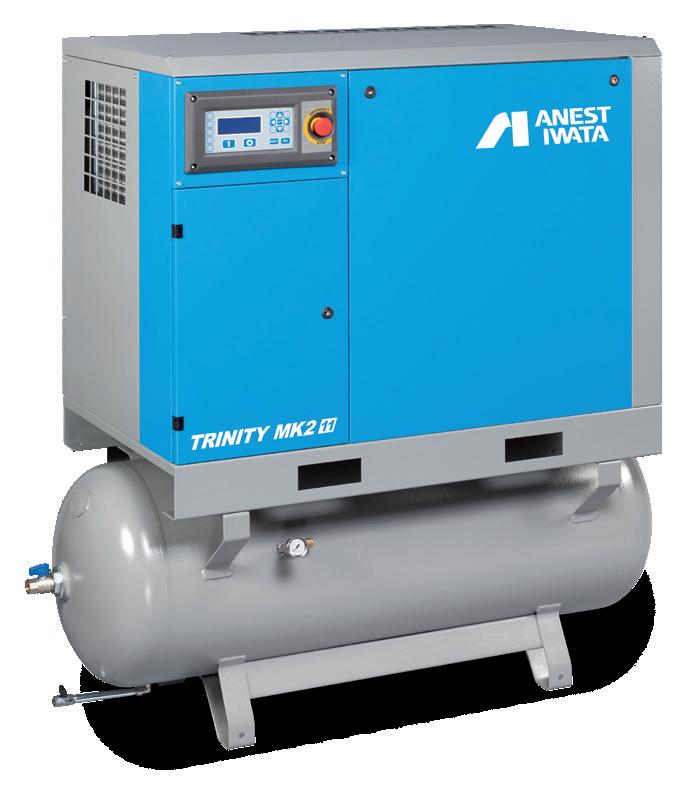
The warning is out: unless Australia gains control of vital elements of the solar photo-voltaic (PV) cell value chain, any shift to ‘green’ export markets will depend on foreign powers, as will our local use of solar energy—a situation that could also risk our energy security.
The Australian PV Institute (APVI) has released a report Australia’s Solar Manufacturing Opportunity which warns that Australia is on the brink of throwing away this double-sided opportunity although it could be in the best position of any developed country to reach zero emissions and be a clean energy ‘superpower. The report says that, as well as missing the manufacturing and export market, we could lose control of local installation of solar panels and green energy benefits to the
country. And this is despite Australia early this year hitting a milestone of 26GW installed— more per capita than any other country at the time. These losses would be all the greater, given Australia’s early success and intellectual property in PV solar and the country’s unique position to seize its advantage in cheap abundant solar electricity because of our weather, availability of land and relevant raw materials.
APVI and its members, in partnership with University of NSW, aim to guide Australia towards a resilient clean economy with a competitive PV Australian industry by assessing opportunities for ethical, local supply chains and in-house green manufacturing. The partners will publish a comprehensive plan to create competitive local PV manufacturing and are keen to hear from any organisation which could contribute.
In 2020 after Covid landed, the virus paralysed the work of many Australian solar panel installers who could not get imported PV modules and componentry. APVI has observed that ‘made in China’ is now the label on more than 80% of PV system components, and its authors comment that present trade tensions with China exacerbate threats to supply.
As Chris Bowen, Minister for Climate Change and Energy told reporters in mid-2022: “ We’ve put 60 million solar panels on roofs in Australia in the last 10 yrs. One per cent of them have been made in Australia. That’s got to change. This is Australian technology; we want to see more of it made in Australia.” The local market, APVI notes, is worth about $4 billion per year, and is big enough to justify local supply of PV cells and panels as well as component materials such as silicon, aluminium, glass plus balancing components and PV recycling facilities.
Export markets not only exist for PV cells and panels but also refined minerals in the PV value chain, PV technologies and products, integrated PV systems and controllers. These markets will grow as more ‘green’ markets emerge and need the stamp of green manufacturing and a clean energy supply.
Added to all that is Australians’ experience in off-grid design and management which the report says would be a key market advantage as regional and ‘island’ power systems across the world move from diesel to PV systems. Australia is ahead of many countries when it comes to photo-voltaic systems: we led early developments in solar PV manufacturing as early as the 1980s with manufacturing here until 2008. In the past 30 years, the local market has moved off grid, to residential grid, to commercial systems and now large-scale utility and industrial markets are growing. PV makes up almost a third of installed generation capacity here and contributes about 15% of all electricity generated. AEMO forecasts that distributed PV systems will provide up to 22% of electricity by 2040 and installed capacity will go from 26GW in early 2022 to 75GW by 2050.
APVI expects demand to double by 2050 because of the rush to electrify manufacturing, mining and construction.
“Despite having a vibrant and competitive PV installation industry, the current Australian PV manufacturing industry is fragmented and small scale, with each company typically working on its own developments” says the report. “To succeed on a global scale, these emerging companies would benefit from market certainty and a coordinated effort to reach scale.”
The report warns that US and European countries are showing renewed interest in resilience and diversity of their own local PV manufacture and appear set to ramp up their production capacities.
“Australia will need to assess how best to exploit its own advantages if it is to re-enter the manufacturing supply chain, and seek synergistic global developments to diversify the supply chain.”
APVI also sees many specific opportunities and cites the Sun Cable Australia-Asia PowerLInk project and its goal to create the world’s biggest solar and storage infrastructure and the project’s status as investment-ready with Infrastructure Australia. Yet the APVI decries Australia’s domestic capacity to fulfil even this project’s demand as inadequate - let alone national and international demand.
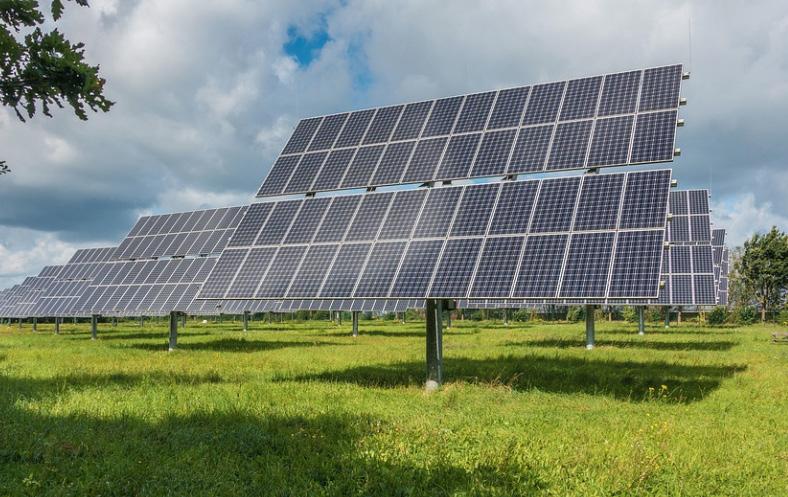
Darwin to get NT’s first battery cathode manufacturing plant
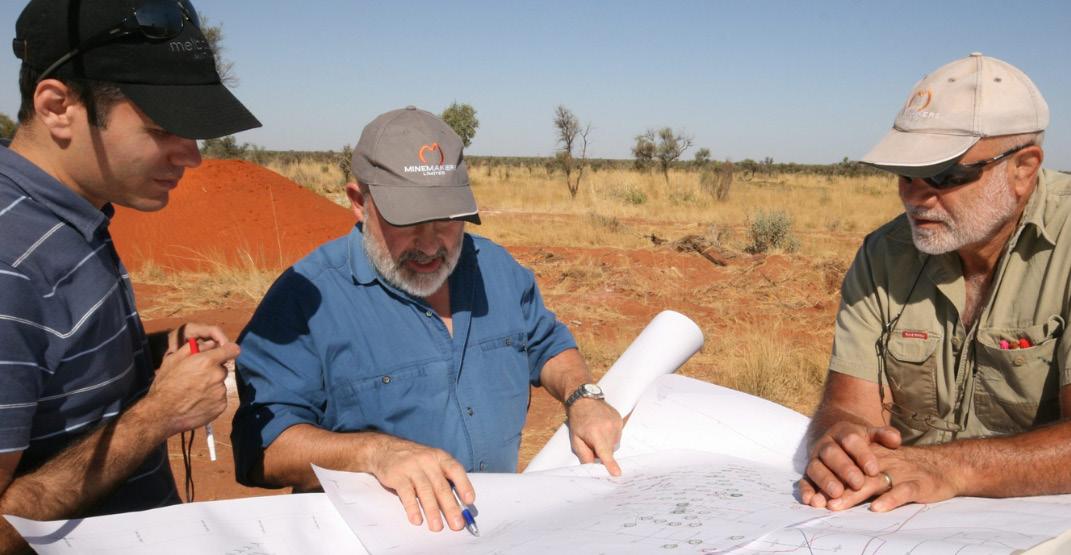
The Northern Territory government has signed a Memorandum of Understanding (MoU) with Taiwanese company Aleees and Perthbased Avenira Ltd, to develop and operate the territory’s first battery cathode manufacturing plant in Darwin.
The plant will manufacture lithium iron phosphate (LFP) battery cathode material—an economic and strategic opportunity for the NT.
The NT government estimates the project will initially create 100 jobs. Once scaled to full production, this is expected to increase to 1,000 jobs and to generate more than US$4 billion revenue annually.
The lithium cathode material is a critical active material used within an electric vehicle battery or energy storage battery which determines the capacity, safety and durability of the battery. Aleees is one of the few companies outside China with complete LFP cathode material manufacturing capability and patents for electric vehicle and stationary storage batteries.
The MoU maps out how the Territory Government, Aleees and Avenira will work together to achieve in early 2023 a final investment decision on a pilot facility.
Government will also work proactively with Aleees Group, Avenira and its supply chain partners to identify a suitable site in Darwin for the facility. Once operational, the pilot facility will manufacture up to 10,000 tonnes of lithium-iron phosphate battery cathode material per year.
The MoU further supports the development of up to 200,000 tonnes per annum manufacturing facility to be built in Darwin over the next 10 years. The major facility will exclusively source phosphoric acid from Avenira’s flagship Wonarah Phosphate Project in Barkly.
Executive Chairman of Avenira Brett Clark said the MOU opens the door for Avenira to learn from Aleees about LFP battery cathode manufacturing technology to optimise the production of phosphoric acid from the Wonarah Project.
Clark believes that, with the Wonarah Project working towards the production of phosphoric acid, and the availability of other abundant battery metals such as lithium and iron in Australia, the next step of producing LFP cathode material is a logical value-add for all parties.
Northern Territory chief minister Natasha Fyles believes the project will position the Territory as one of Australia’s advanced manufacturing hubs.”
“It will develop new skills and jobs, as well as support our objective to achieve a $40 billion economy by 2030.”
Fyles said demand and the transition to renewable energy, battery storage and high technology products has encouraged global organisations such as Aleees to seek diversified, reliable and stable supply chains.
Aleees Australia’s President Brandon Chang said the agreement has strengthened the world’s lithium battery supply chain.
“One of the most exciting opportunities created by renewable energy technologies like cathode materials is the ability to change the world’s sustainability,” Chang said.
The MoU further supports the development of up to 200,000 tonnes per annum manufacturing facility built in phases in Darwin over the next 10 years.
Aleees owns more than 120 exclusive patents worldwide, with customers including investment-grade, energy storage battery and EV battery customers across Europe, the US, Japan, Korea, and Asia. Aleees co-develops various types of LFP products with more than 40 global customers, and produces quality, low-cost, and long life-cycle LFP cathode materials. The NT Government has indicated as part of the MOU that it will work proactively with Aleees and Avenira to assist and advise on necessary infrastructure including water, energy, power, telecommunications, road, port and rail access and service requirements.
GENOX WASHING PLANTS. INTELLIGENT, COST-EFFECTIVE PLASTIC RECYCLING SOLUTIONS. THAT’S APPLIED THINKING.
Genox Washing Plants are high performance recycling systems for rigid or flexible plastics from various sources, including materials with high contamination levels. These modular systems are capable of processing general plastics including HDPE and PET bottles, PP woven bags and PE film (post-consumer or agricultural).
Call: Email: Visit: 03 9706 8066 sales@appliedmachinery.com.au appliedmachinery.com.au genoxmachinery.com.au
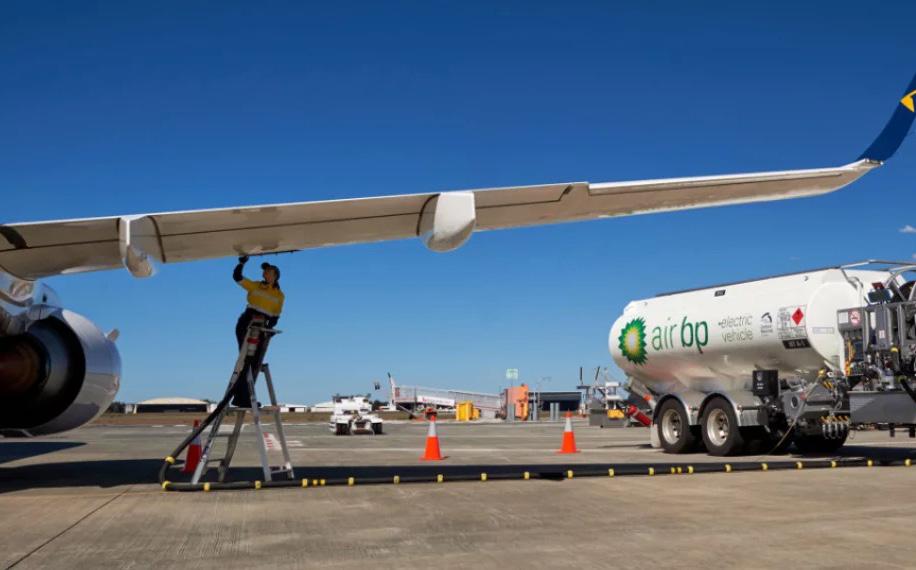
Australia’s first all-electric aviation refueller, designed and engineered in Australia, went into action in Brisbane a few days ago. Victorian firm, Refuel International, a global manufacturer of refuelling vehicles, equipment, and support services to the aviation industry, collaborated with Air bp and SEA Electric, an e-mobility solutions company which provided electric power systems for the EV. “Refuel International is very proud to have developed Australia’s first all-electric aviation refueller in partnership with Air bp and SEA,” said Geoff Pinner, General Manager of Refuel International.
Pinner said Refuel International has been Air bp’s builder of choice in Australia for more than twenty years and this long-standing relationship led to this achievement.
“This refueller delivers to aircraft with zero fuel consumed and zero tail-pipe emissions whilst meeting safety and regulatory compliance,” Pinner said.
The SEA Electric SEA 500 EV refueller will be based at Brisbane Airport to lift Jet-A1 business and general aircraft. It uses Lithium-Ion batteries and digital charging mechanisms making it the first all-electric hazardous goods vehicle and refueller approved for use in Australia. Air bp anticipates that the electric refueller will reduce bp’s operation and maintenance costs compared to using diesel. SEA Electric’s SEA-Drive® power system manages all electrified onboard pumps and functions to refuel the EV’s load of up to 16,000 litres of aviation fuel. This latest adaptation for refuelling sees most of the truck’s energy devoted to fuel delivery rather than vehicle propulsion. SEA-Drive® power system had already been adapted to electrify functions such as hydraulics on refuse vehicles, elevated work platforms, tippers and tilt trays, and truck cooling units. SEA Electric’s CEO, Tony Fairweather believes the world-leading project sets the standard for environmental credentials and performance while showcasing the possibilities of EV technology. “Working airside on the tarmac has its own conditions when contrasted to a delivery truck on the open road, with the energy demands of the vehicle vastly different to the norm. However, safety and reliability remain imperative.” “There are environmental benefits in converting to EV, with CO2 and other exhaust particulates eliminated, which makes for a healthier work environment at airports. “This is the first step towards an airport becoming a virtual power plant. Imagine the near future when every Brisbane airport vehicle is battery-electric and networked to both renewable sources of energy for charging and also to the grid itself to deploy excess energy when the grid requires it. This is just around the corner.
“Transport makes up a significant portion of total emissions, with the adoption of pioneering EV technology, such as this aircraft refuelling truck, showing a great level of social responsibility,” Mr Fairweather said.
New pump system ‘one of the best things we have done’
Regional vegetable processing plant, Oneharvest, was having trouble with a sump and submersible pump arrangement on their waste water. The pump was a constant and costly drain on maintenance hours and production disruption because it would get blocked with the vegetable matter in the waste water. The time and costs involved in removing the chokes and replacing the submersible equipment was an issue that needed to be resolved.
The solution
OneHarvest’s Maintenance Supervisor, Mr Matt Leach, contacted Hydro Innovations Regional Manager for Victoria, Graeme Spence, to discuss potential solutions.
Graeme and the Hydro team share over 80 years of pump experience and knowledge, and were able to work with Matt to devise an innovative system. By re-using most of their existing civil works — wet wells and inlet valves and replacing the problematic submersible pump with a rugged and reliable above-ground self-priming pump, the chokes would occur less often and the system would be far simpler to monitor and maintain.
A Gorman Rupp T series pump, motor and base were selected to replace the existing unreliable submersible pump. The current 2” discharge line could easily be retained, and a new 2” T series pump was selected. Because the Gorman Rupp pumps are so easy to check and adjust clearances, the pumps operate better, and for longer than submersible pumps. The result is less chokes and blockages.
The results
“It’s one of the best things we have ever done,” said Matt Leach. “We couldn’t be happier with this pump and it will become the standard we use going forward.”
Placing the pump and motor at the surface and using the excellent self-priming Gorman Rupp T Series pump, no blockages have occurred since installation. The pump has performed so well, the plant is instigating a policy to replace their other submersible pumps with Gorman Rupp self-priming pumps.
Hydro Innovations










